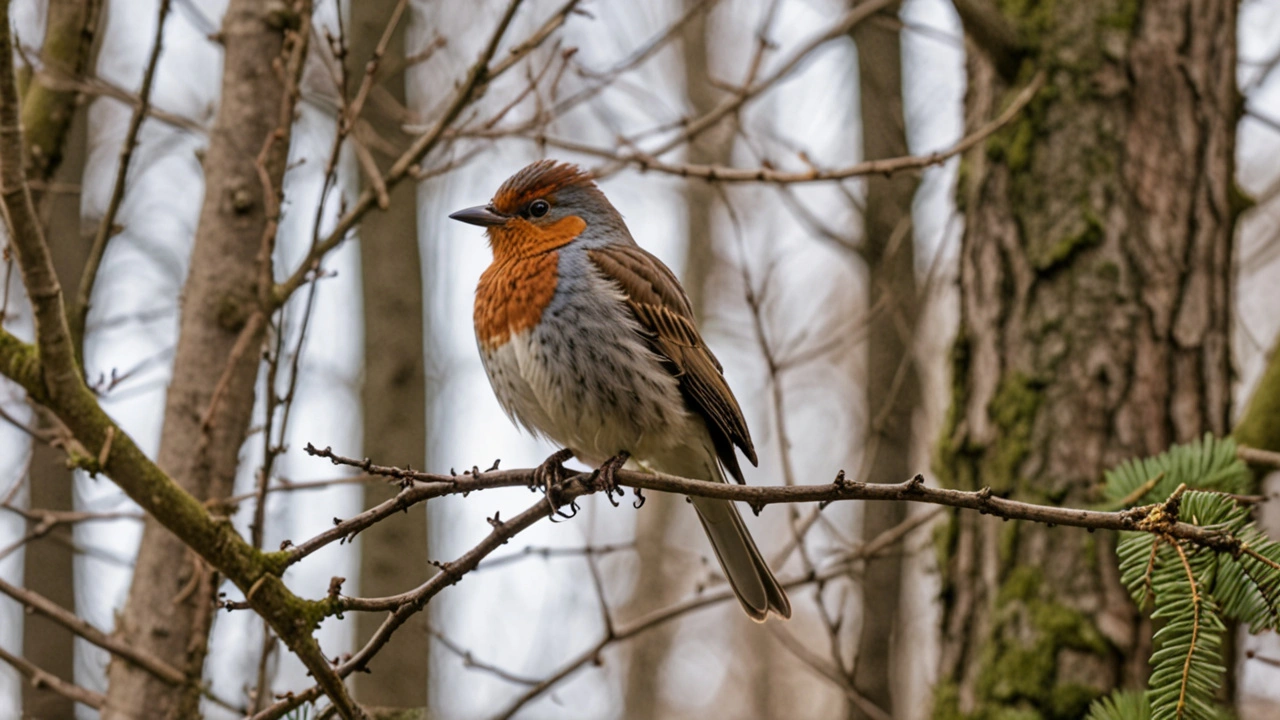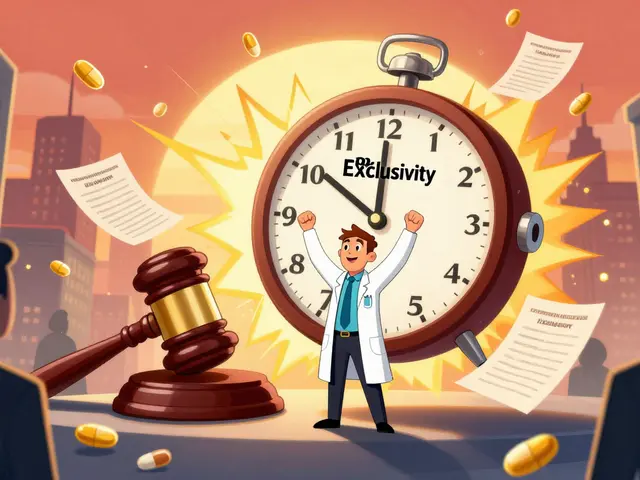Bird Conservation: Easy, Practical Steps You Can Start Today
Birds face many pressures: habitat loss, window collisions, cats, pesticides, and light pollution. You don't need to be an expert to help. Small, focused actions by many people add up fast. Below are clear, direct things you can do at home, in your neighborhood, and online.
Simple actions you can do today
Make your windows visible. Stick-on decals, external screens, or tape patterns on the outside reduce fatal collisions. Put decals one to two inches apart on the outside glass or use a mesh screen for larger windows.
Keep cats indoors. Outdoor domestic cats kill millions of birds every year. If you own a cat, make it an indoor cat or use a catio. If you feed feral cats, talk to a local TNR (trap-neuter-return) program to reduce roaming populations.
Use native plants. Replace a patch of lawn with native shrubs and trees that provide berries, seeds, and insects. Choose local species like serviceberry, hawthorn, oak, or dogwood — they feed more bird species than ornamental exotics. Even a small native shrub or a cluster of native wildflowers helps migrating birds refuel.
Manage feeders smartly. Offer black-oil sunflower seeds and suet for winter energy, and avoid bread or low-nutrition food. Clean feeders and baths every two weeks with a mild bleach solution (1:9 bleach to water), rinse well, and dry to prevent disease spread.
Reduce pesticide use. Insects are a key food source for many birds, especially during nesting season. Limit or eliminate insecticides and fungicides in your yard. Embrace integrated pest management: remove pests by hand, use trapping, or introduce beneficial insects.
Get involved: groups and tools that make a difference
Join citizen science. Submit sightings to eBird or record migration counts with your local Audubon chapter. These data help scientists track populations and identify trouble spots. You don't need special gear — a phone and basic ID apps work fine.
Volunteer for habitat work. Local land trusts, parks, and conservation groups need hands to plant natives, remove invasive species, and build nest boxes. Building a bluebird box with a 1.5-inch entrance helps bluebirds and tree swallows — follow local plans for height and orientation.
Support rescue and policy efforts. Donate to or volunteer with wildlife rehab centers and bird-friendly policy campaigns that target window-safety laws, dark-sky initiatives, or pesticide limits. Even a small monthly donation or a petition signature can sway local decisions.
Pick one action and start. Turn off porch lights during migration nights, plant one native shrub, or sign up for eBird. Practical, repeated steps make a real difference for birds in your area. Want help picking the most effective action for your yard or city? Tell me where you live and I’ll suggest options that work locally.

The Hidden World of Deplumation in Wild Birds: Causes, Effects, and Conservation Efforts
Deplumation in wild birds refers to the loss of feathers due to various factors. This article discusses the main causes of feather loss in birds, the effects it has on their health and survival, as well as the ongoing conservation efforts to mitigate this issue. It also provides interesting facts and practical tips on how to support bird conservation from home.
Categories
- Medications (50)
- Health and Medicine (46)
- Health and Wellness (34)
- Online Pharmacy Guides (15)
- Nutrition and Supplements (7)
- Parenting and Family (3)
- Environment and Conservation (2)
- healthcare (2)
- prescription savings (1)



